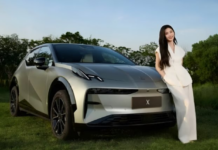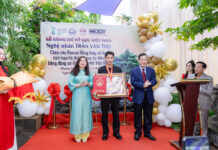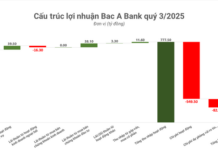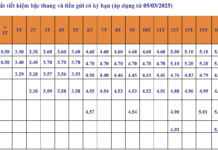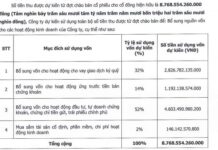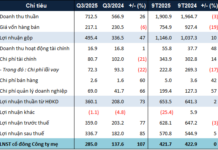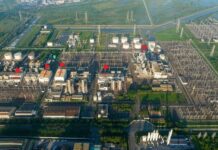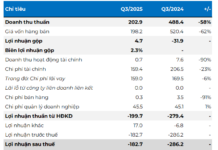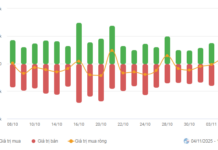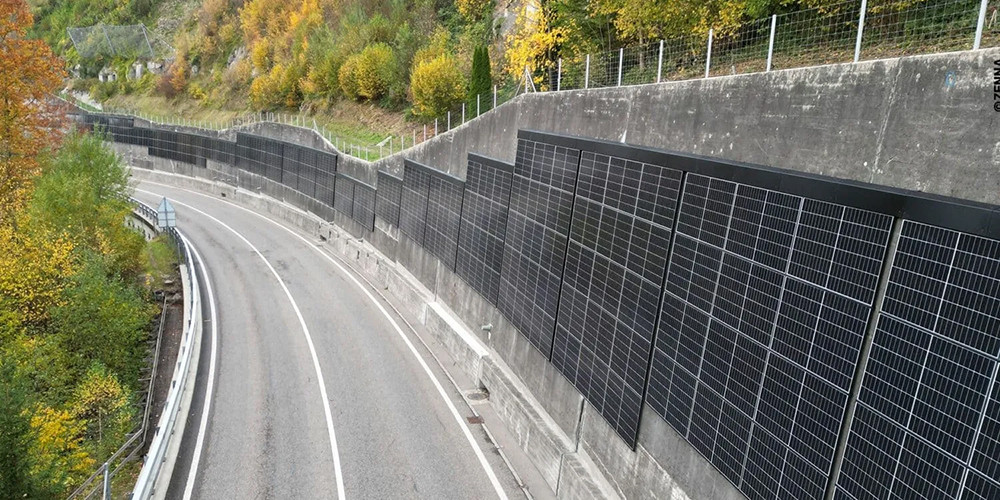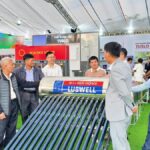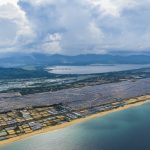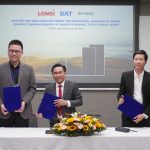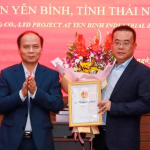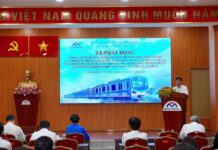The Federal Roads Office (Astra) has launched a public tender for solar panels to be installed on 350 noise barriers along highways. Astra estimates that the solar panels will produce approximately 35GWh of electricity annually by 2030.
TA Zurich has approved the first two solar systems on the A15 Oberland motorway near Wangen-Brüttisellen. These systems will be completed in the first half of 2025 and are expected to generate 500,000kWh of electricity yearly. They are the first solar energy systems in Switzerland constructed by a private entity.
There are specific requirements for the solar system, including ensuring it doesn’t cause glare for drivers.

Solar panel installation project on the highway. Photo: EL |
Dieter Max Schenk, director of Lima Solar, a company involved in the project, noted the increasing demand for low-glare solar panels, making them more affordable. Lima Solar is working closely with Astra to ensure the project’s success. Once the processes are approved, solar systems can be installed on highways nationwide. Lima Solar is capable of equipping 50 noise barriers in the states of Zurich and Schaffhausen with solar panels.
However, Schenk acknowledged challenges, such as connecting roadside solar panels to the power grid. Access to the power grid along the highways is not always feasible. Additionally, negotiations are ongoing for a fixed-price, five-year deal to sell the electricity to neighboring companies seeking emission-free energy.
Another Swiss project addresses glare concerns with solar panel installations in the transportation sector. Sun Ways is installing solar panels between the rails of the railway system.

Installation of photovoltaic panels on the railway. Photo: EL |
The Federal Transport Office initially expressed reservations but eventually granted permission after Sun Ways committed to constructing and testing prototypes for ten months. Sun Ways addressed the glare issue by enhancing the panels’ durability and implementing anti-reflective filters to prevent vision impairment for train drivers. Additionally, integrated sensors will closely monitor the panels’ performance, and brushes attached to the trains will keep them free of dust and debris to maintain efficiency.
Sun Ways designed and manufactured a special train car to install the solar panels. Their anti-glare technology could also be a solution for installations along Swiss highways.
Duy Anh
Driving the “Double Carbon” goal: Chinese enterprises venture into Vietnam’s green energy market
The West Jiang Power Design Institute was established in 1958, serving as a major force in the development of the energy industry in the West Jiang province of China, and leading the way in achieving the “double carbon” goal.


